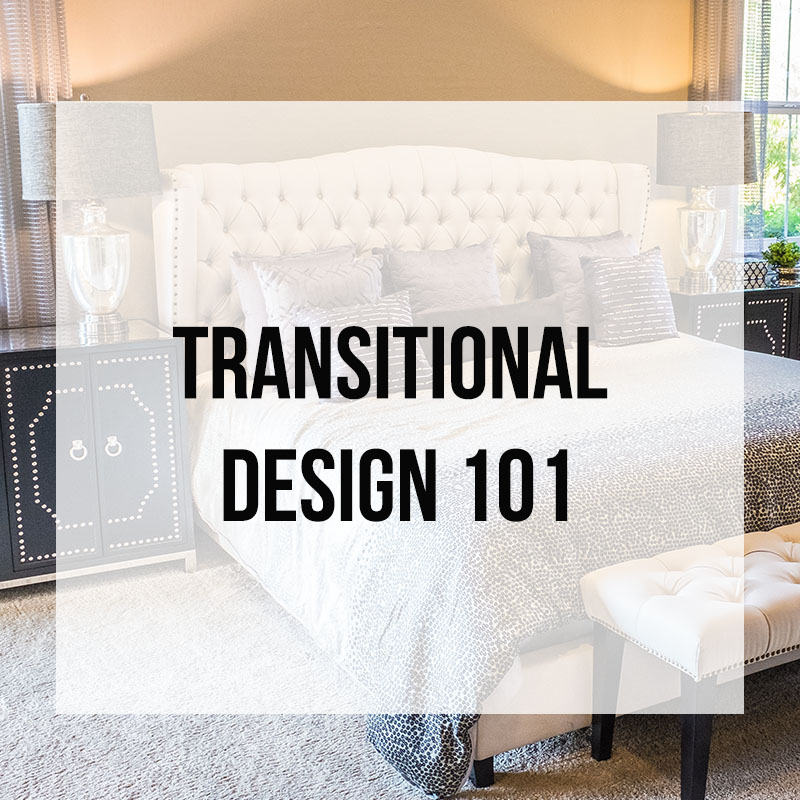
Why You Should Consider Transitional Design
Transitional Design 101
Your home should reflect your personality and lifestyle. Just as the seasons of your life change, your taste in interior design style may also shift. Transforming your interiors can become costly and labor-intensive if you’re doing a complete overhaul each time trends change. The latest style, transitional design, integrates both classic and modern styles to satisfy the desire for both lavishness and comfort.
What is Transitional Design?
Transitional design is birthed from classic and contemporary interior design. It incorporates both styles in a complementary and unique way, which is popular among millennials who want to use their interiors to express their individuality. Many people view this design as an updated classic style.
Neutral Colors with Bold Accents
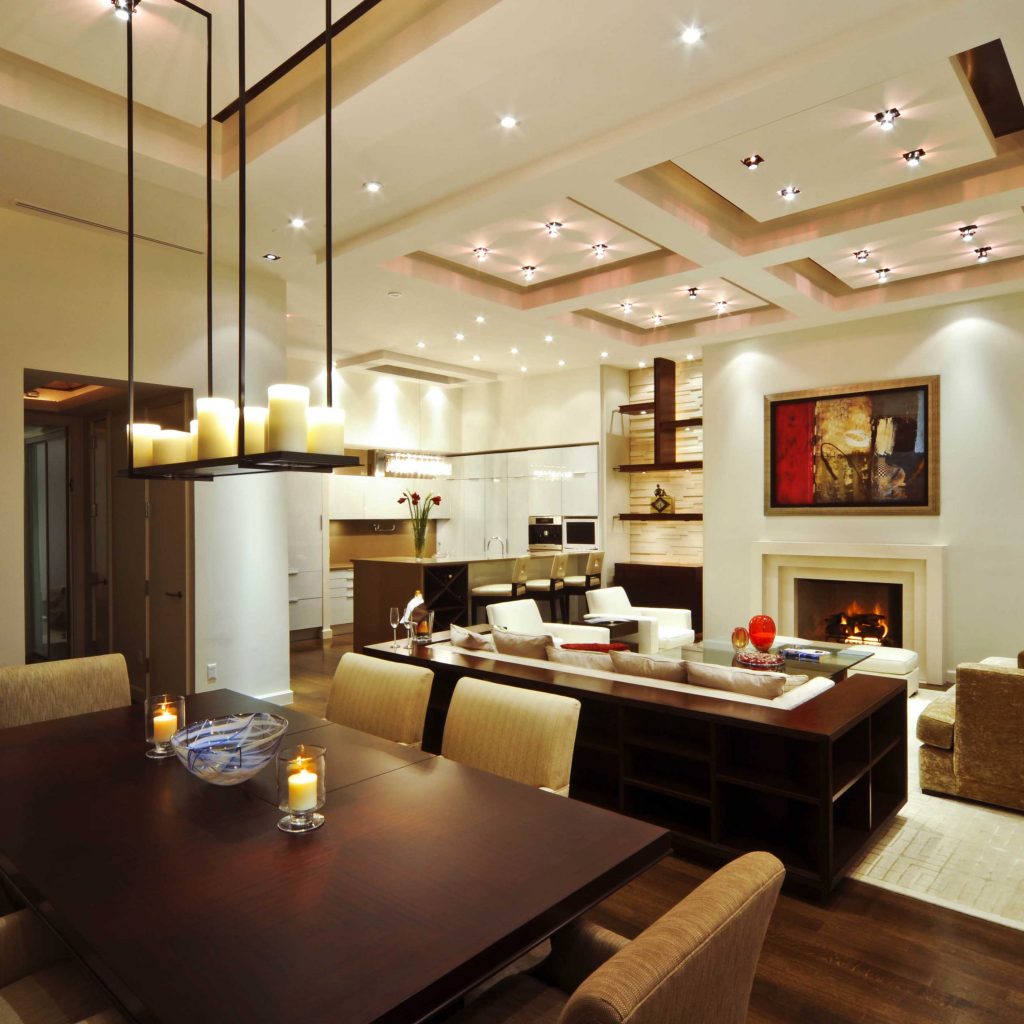
One of the characteristics of the transitional style is a neutral color palette, allowing for bold color accents. Many times, interiors will include colors like tan, vanilla, or taupe complimented with mood-enhancing colors like navy blue or dark brown. As the theme of transitional design revolves around stylish comfort, consider using color psychology by using relaxing blues, harmonious purples, and peaceful greens.
Furniture as a Key Part of the Interior
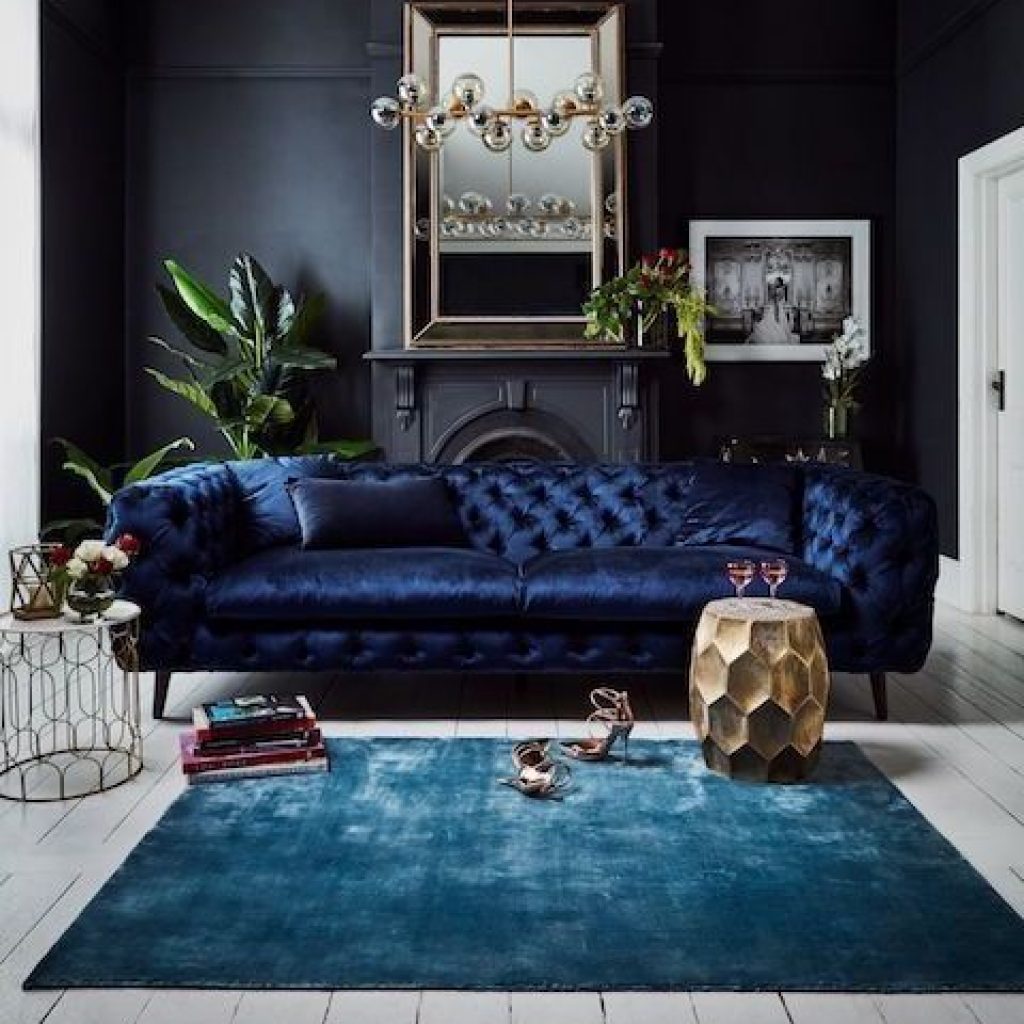
Although not meant to overwhelm, furniture is a focal point of transitional design. To emphasize the comfort of a room, couches and chairs will be large and include various textures. If matching pieces of furniture were siblings, consider purchasing furniture that looks like cousins – just enough that they look similar, but offer complimentary looks for the interior.
Complimentary Textures
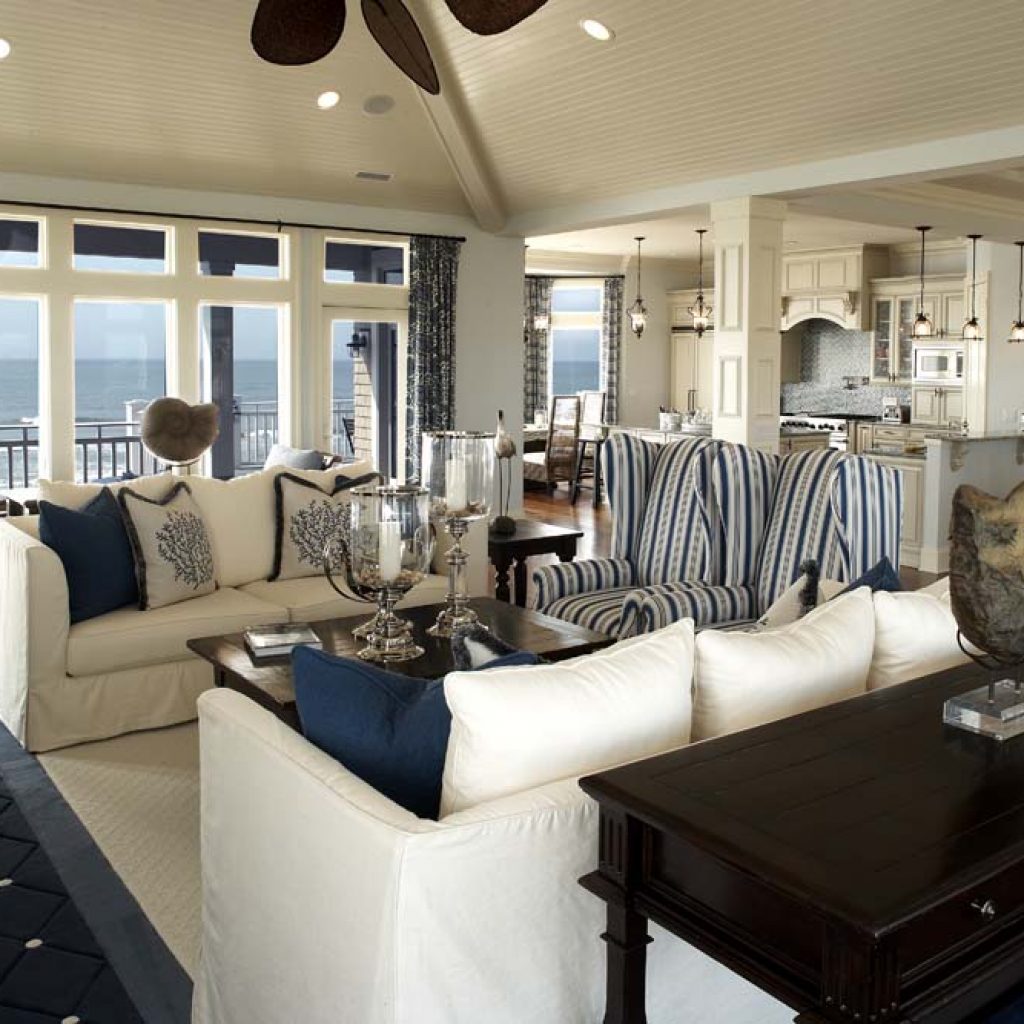
Textures give your interior a bit of personality. Since this design style includes mostly neutral colors, you’re allowed to have a little fun with textures and fabrics. This could include complementary textures and patterns on throw pillows and different fabrics for your couch and lounge chairs.
Minimalist Accessories
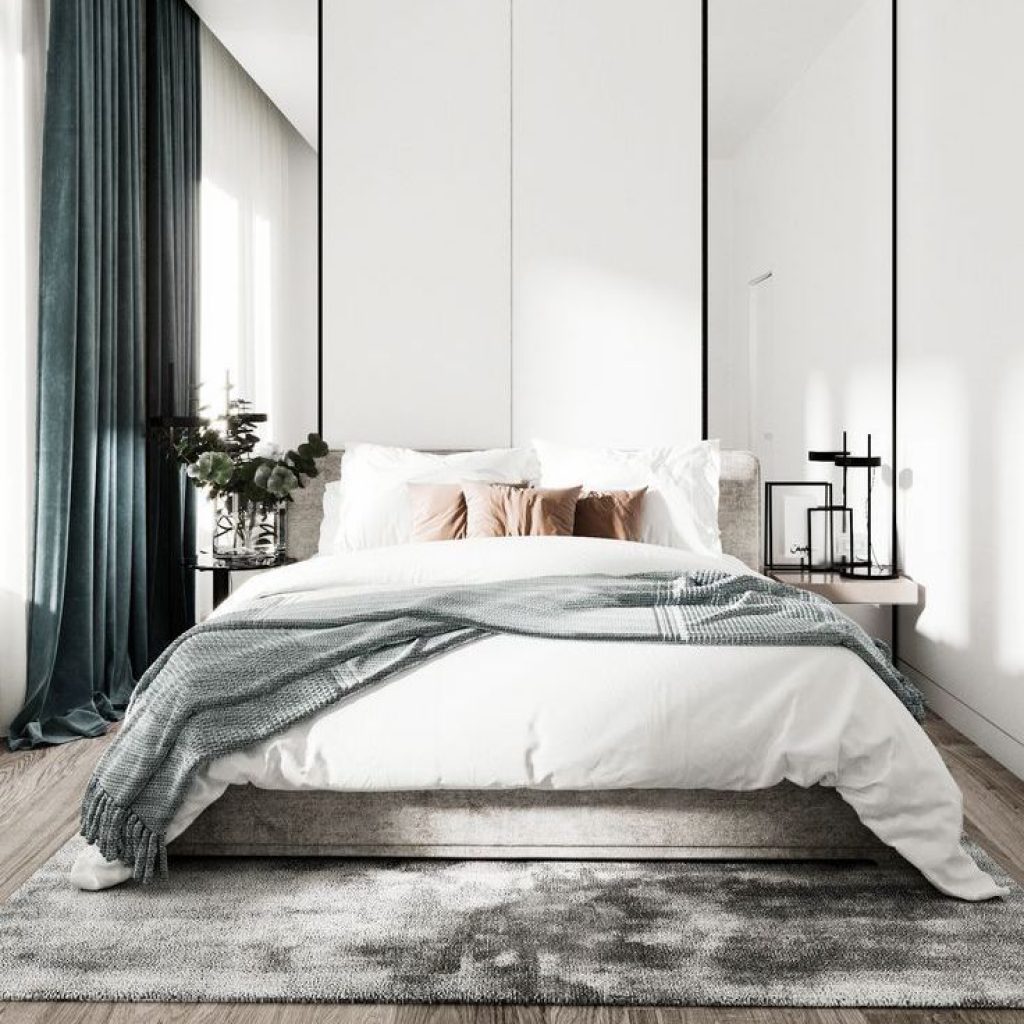
When choosing your interior’s accessories, remember to keep it simple. The minimalist style is used with transitional design to balance the look of the furniture. Transitional design values comfort as much as style, so accessories like rugs, pillows, and potted plants are often used.
Seamlessly Blend Styles with Zelman
Our experienced Interior Designers work with you to create an interior that incorporates your style preferences with the most cohesive and aesthetically pleasing designs. Contact us to schedule a complimentary consultation or to learn more about our process.
